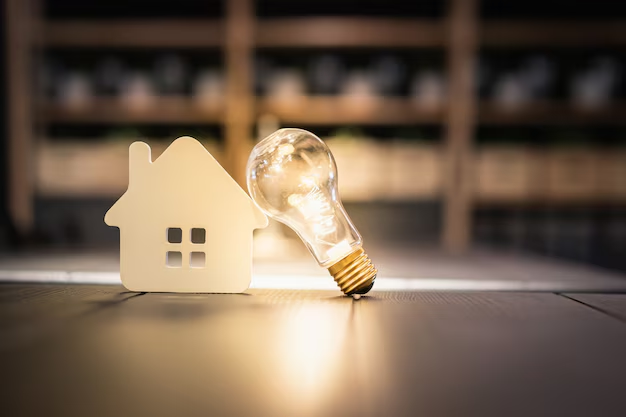Transform Your Home into an Energy-Efficient Haven
In a world where sustainability is paramount, making your home more energy-efficient is a wise and impactful choice. Not only does it reduce your carbon footprint, but it also helps save money on utility bills, enhancing your quality of life in numerous ways. Whether you're looking to implement small changes or undertake major renovations, there are plenty of strategies to consider. Here’s how you can embark on your journey toward a more energy-efficient home.
Embrace Smart Technology
Going smart is not just about convenience—it's about optimizing energy usage. Investing in smart thermostats, LED bulbs, and energy-efficient appliances can significantly cut down on energy consumption. These devices allow you to control heating, cooling, and lighting remotely, ensuring energy is used only when needed.
Seal and Insulate
A well-sealed home is a cozy and energy-efficient home. Heat can easily escape through cracks and poorly insulated areas, making your heating and cooling systems work harder than necessary. Evaluate your home’s insulation and weather-strip doors and windows. Insulating your attic, walls, and floors can also greatly enhance energy conservation, keeping your home warm in winter and cool in summer.
Upgrade Windows
Old, single-pane windows are notorious for energy loss. Consider replacing them with energy-efficient, double-glazed windows. This investment can dramatically reduce heating and cooling costs. Low-E (low-emissivity) coatings on glass further improve insulation by reflecting heat back into the room during winter and keeping it out during summer.
Energy-Efficient Lighting
Switching to LED or CFL bulbs is a simple yet impactful step towards higher energy efficiency. These bulbs use significantly less energy and last much longer than traditional incandescent bulbs. As a bonus, they offer various color temperatures to suit different moods and settings in your home.
Efficient Water Usage
Water heating is a major contributor to household energy consumption. Install low-flow showerheads and faucets to reduce water usage without sacrificing performance. Additionally, consider replacing old water heaters with energy-efficient models, such as tankless or solar water heaters, which use less energy and provide hot water on demand.
Renewable Energy Options
Although it requires an upfront investment, installing solar panels can lead to remarkable energy savings over time. By harnessing the power of the sun, you can generate your own electricity, significantly reducing your reliance on the grid and lowering your energy bills.
Utilize Government Programs
Making your home more energy-efficient can be financially daunting, but various government aid programs and financial incentives can ease the burden. Tax credits, rebates, and low-interest financing options are often available to those looking to improve their home’s energy efficiency.
Awareness of these resources not only makes eco-friendly upgrades more affordable but also maximizes your overall savings. This is also an excellent opportunity to explore other financial assistance options like educational grants and credit solutions that could support further improvements and learning endeavors.
Implementing these strategies can transform your home into a sustainable abode that benefits both your wallet and the environment. As you make these changes, remember that government assistance can play a critical role in mitigating costs, offering you a simpler path to an energy-efficient lifestyle.
Financial Assistance and Educational Opportunities
- 🏡 Energy Efficiency Tax Credits: Federal and state tax incentives for home energy upgrades.
- 💡 Utility Rebate Programs: Discounts offered by utility companies for purchasing energy-efficient appliances.
- 🌞 Solar Panel Grants: Government grants to facilitate solar panel installation.
- 📘 Educational Grants: Funding options for learning about energy conservation and sustainability.
- 💳 Credit Solutions: Low-interest loans tailored towards home improvement projects.
Embrace these resources to not only enhance your home's energy efficiency but also secure a brighter, more financially stable future.
